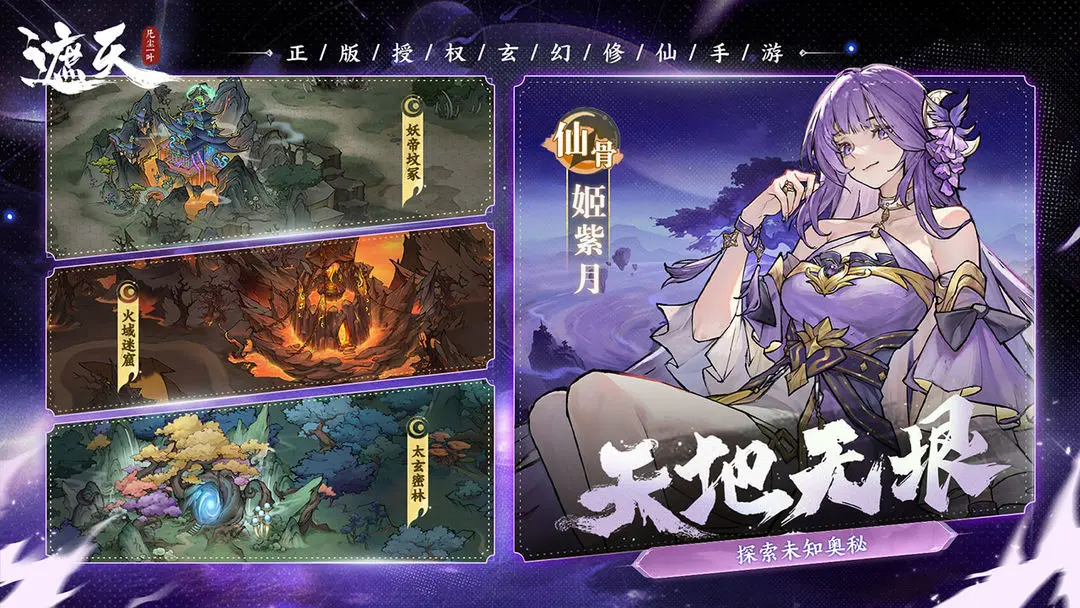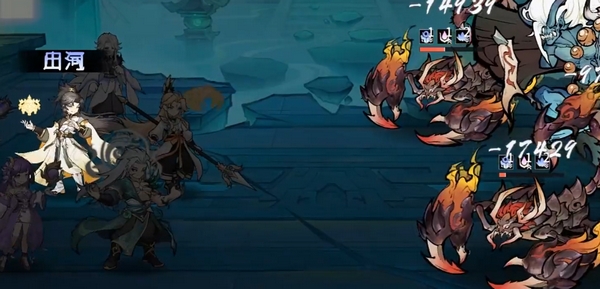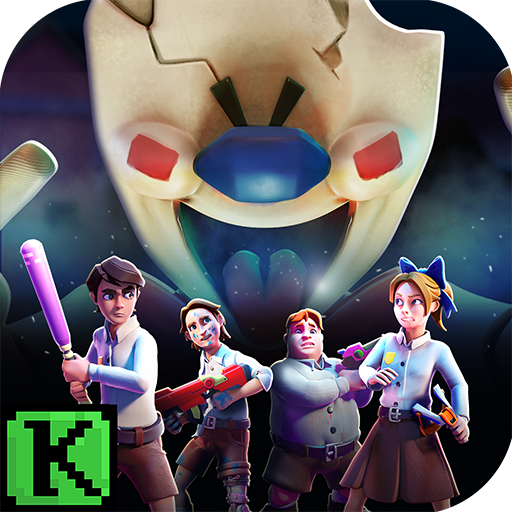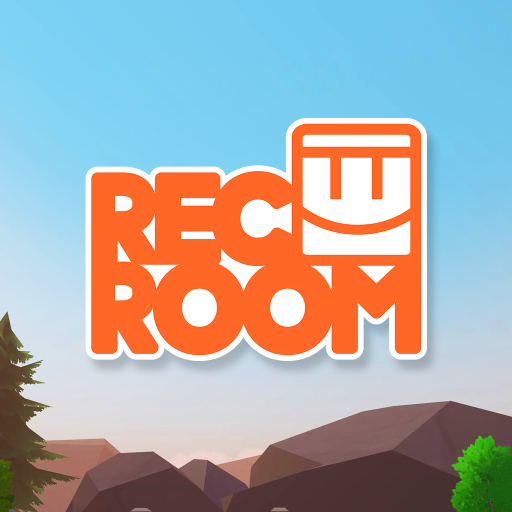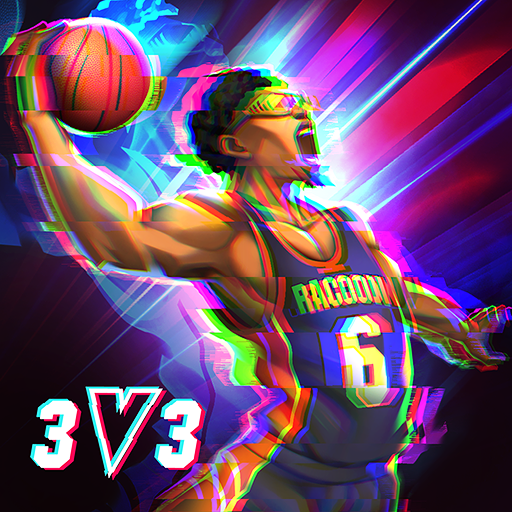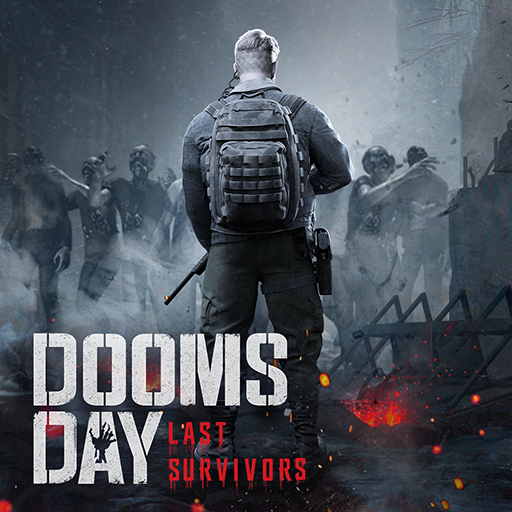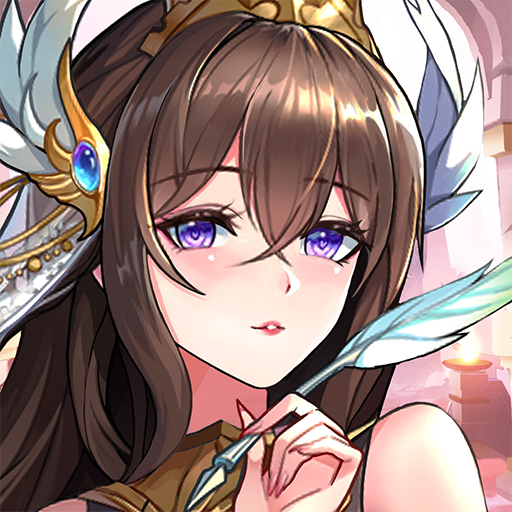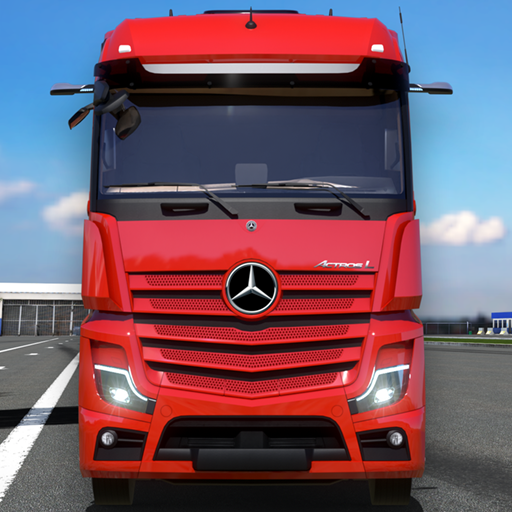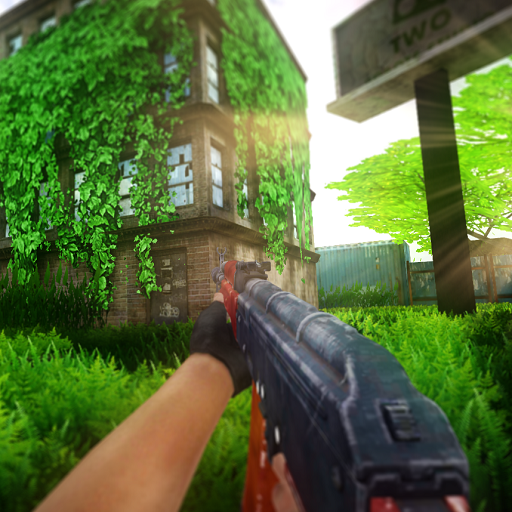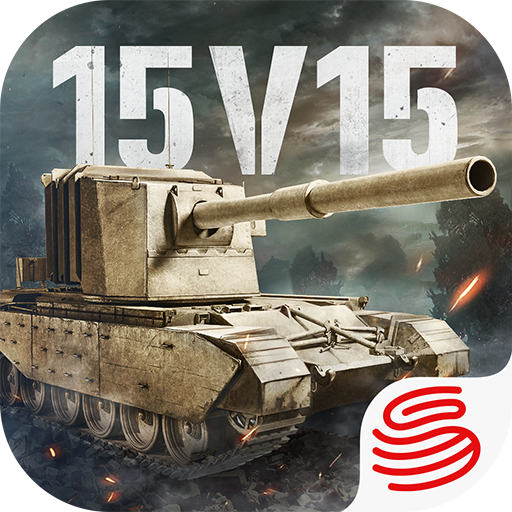In the game Light Gaps, there is a very practical and powerful lineup worth sharing with everyone. The characters appearing in the Light Gaps lineup recommendation overview are all available for players to utilize. The editor will start from the initial combination of characters, which is when players need to determine their lineup style and the core of character development in the later stages. Therefore, the following are some reference lineups that can be provided to you, and it is suggested that you combine them based on the characters.
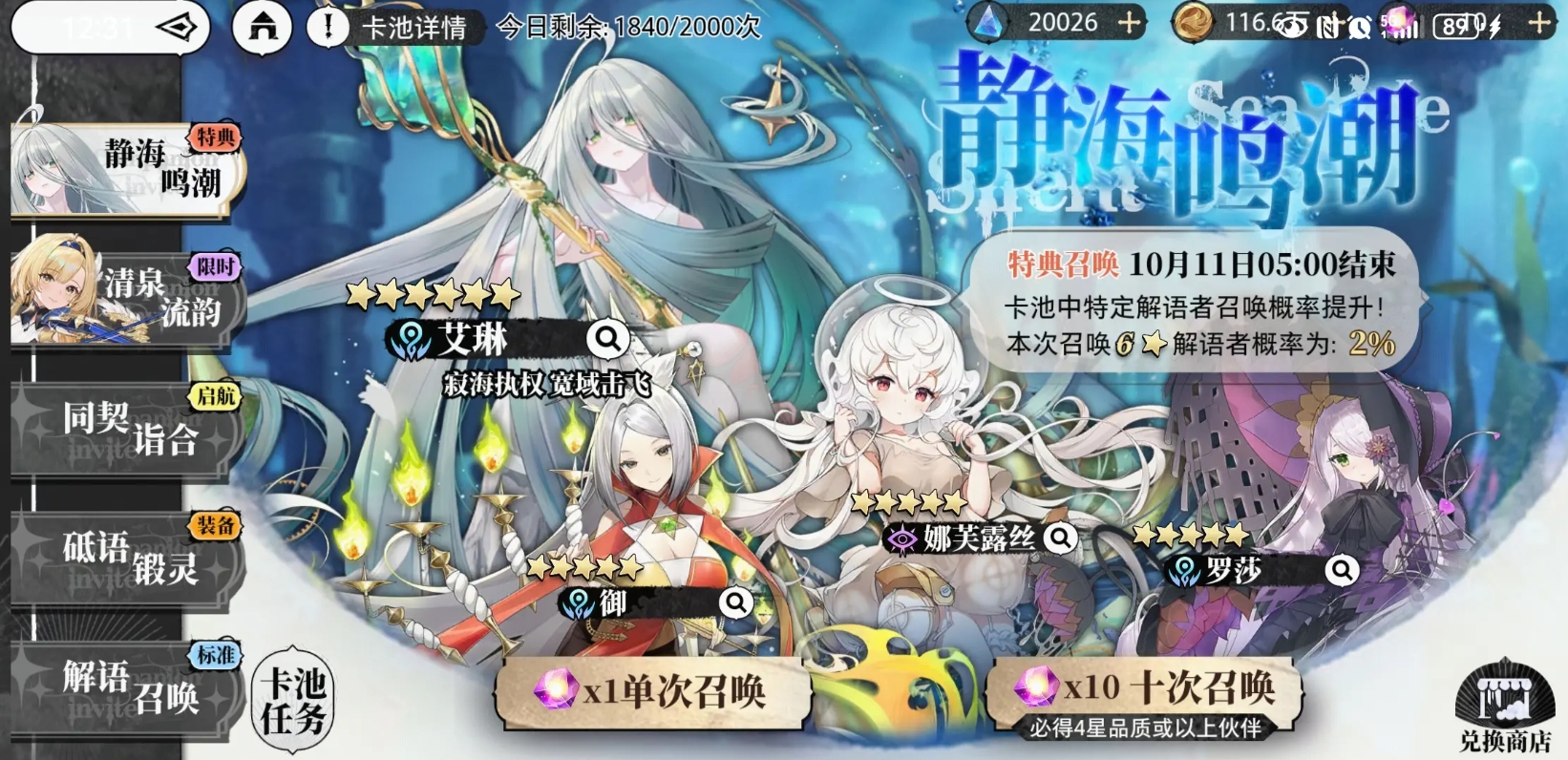
The hardest part about combining a lineup is actually drawing enough characters. So, when the game starts and there's an opportunity for 10 consecutive self-select draws, players should seize this key selection moment. In the card pool, it's best to prioritize picking Baz, Akhtar, Casey, and Miles. It's important to know that, without an up-rate pool in the early stages of the game, the drop rate for these four cards is quite low. For this reason, they should be given priority in the initial selection.
The recommended lineup is built on the foundation of a summoning flow, specifically consisting of 5 summoning flow members plus 5 versatile cards. It must be said that the summoning flow is really very versatile; whether combined with magic, healing, tank, or fast-attack styles, it can demonstrate extremely high adaptability. First, let's talk about the front-line card combination. The front line is composed of Lebert, Roland, Miles, and Akhtar. Among them, Lebert is considered the strongest fee-recovery card. Its star rating is low, making it easy for players to develop it in the early stages of the game. With this advantage, Lebert can quickly recover fees for the player in the early stages, helping to rapidly accumulate resources and achieve a burst effect.

Moreover, the cost of developing Lebert is extremely low, making it a highly cost-effective choice for players in the early stage. As for Roland, in PVE map-clearing mode, his berserker attributes and life-steal skills make him incredibly powerful on the battlefield. The mid-line card configuration is also strong, with Baz, Lotes, and Lily. Baz, as one of the strongest summoning cards, also has unique charm. If there's an opportunity to encounter him during the initial 10 self-select draws, he should be prioritized.
Baz plays a crucial role in the mid-line as the main damage dealer. His powerful summoning ability can provide continuous firepower support to the team. Lotes is known as the strongest healer; as long as her teammates have a breath left, she can use her powerful healing abilities to restore their health, unless the enemy can instantly kill them. Otherwise, Lotes can always bring her teammates back to a safe state. Lily, on the other hand, is a very practical secondary healer. Without Lotes, this card is almost a must-have for everyone. Not only can Lily provide healing to her teammates when she appears, but her basic attack also has a healing function. More importantly, her star rating is low, making it easy to develop her to full potential. Given the limited resources in the early stages, prioritizing Lily's development is more cost-effective.
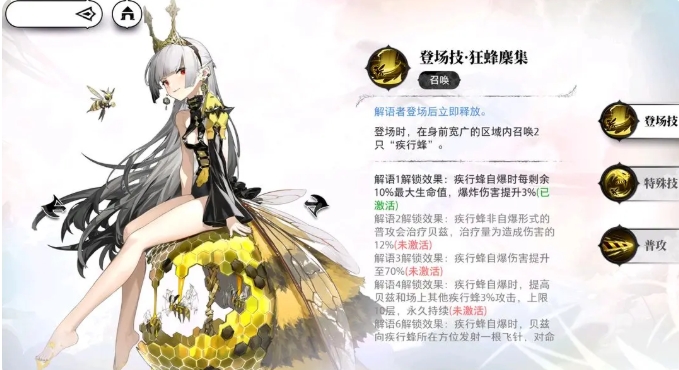
The recommendations for the backline cards are somewhat subjective. For example, Xiao Bian believes that Galika and Jessica are good choices for the backline. Galika is highly functional, able to continuously summon small monsters and provide shields for teammates in battle. Jessica, on the other hand, is a long-range sniper who can occupy a very safe position at the back of the battlefield, using her long-range attack advantage to deal damage to enemies. Of course, there are many other powerful characters in the game to choose from, such as Lion, whose entry skill can instantly unleash over 1000% of her attack power, which is quite impressive.
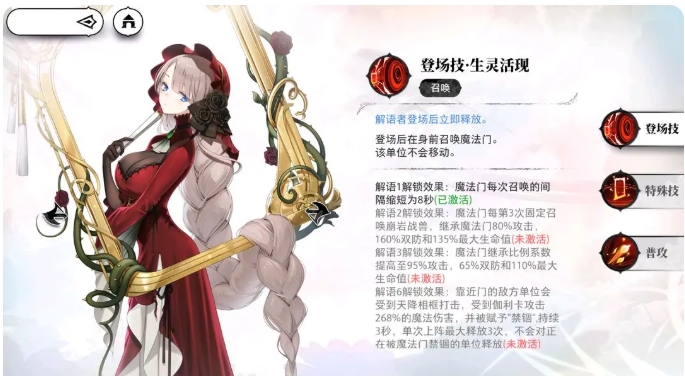
When pairing the card pool, you can refer to Akana Dan as the captain, and then have the rest of the healers, tanks, and main DPS follow the summoning flow. With this lineup, you can currently smoothly push through levels that are 10 levels higher than the recommended level. The strength and practicality of this lineup are both very high. If players want to try a single-target lineup, Akhtar can fit well into a single-target team, performing at an above-average level compared to characters like Leonia and Ceci.
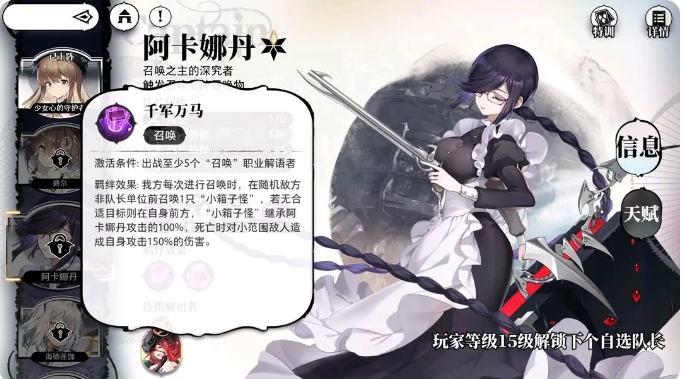
Akhtar's skill is a long-range beam, which, although relatively average in damage, has a very obvious range advantage. His basic attack can cover about 2/3 of the map, allowing him to attack distant enemies while staying in a relatively safe position. However, this attack method also has certain limitations, such as not being very suitable for the high-damage tactics of a single-target team. But Akhtar can work well with Yexika and Roland, advancing in formation. During battles, he can attack enemies from a distance and deliver the final blow at the right time. In arena gameplay, taking advantage of the AI's positioning, Akhtar with his long-range can fully leverage his advantages, dealing sustained damage through basic attacks.
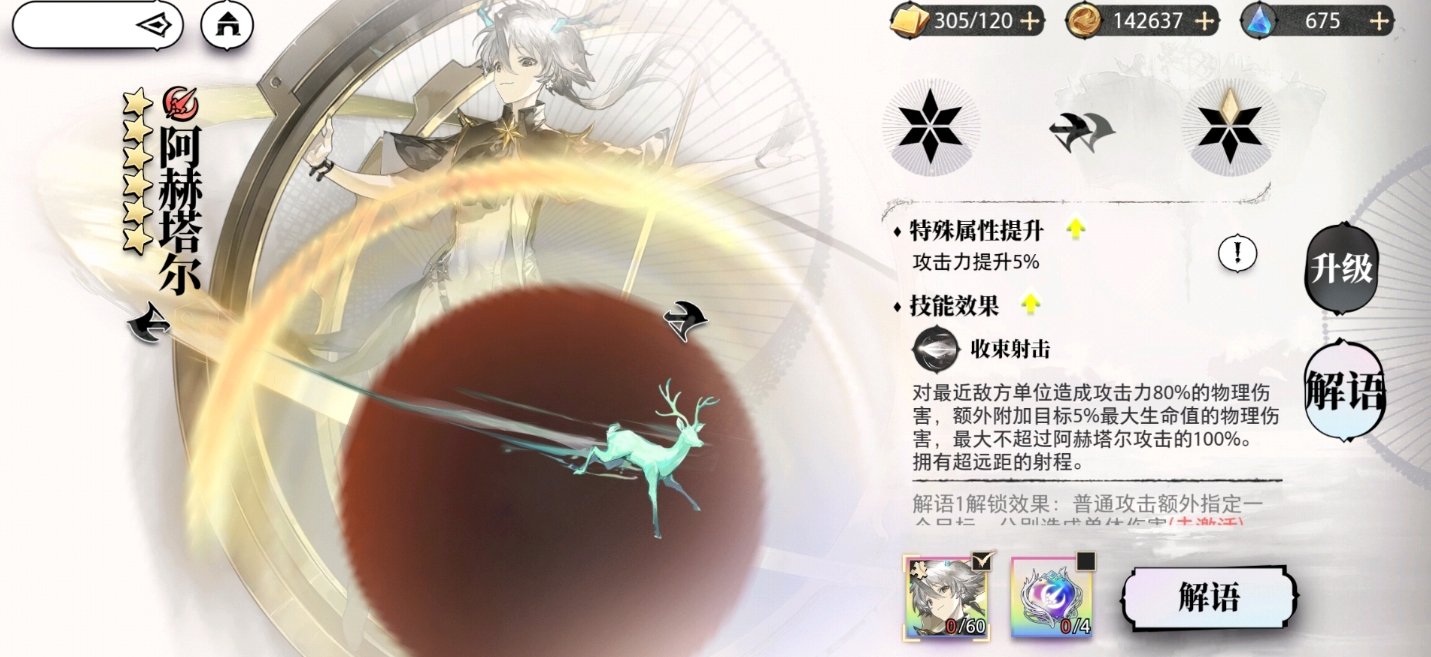
For players who are willing to spend money, the playstyle of a single-target team can be even richer. For example, after unlocking half-field advancement at the second stage, Miles can exert powerful output in the half-field. It's best if players can draw more cards of Leonia, aiming for 3-4 lives. Ceci's skill has a life-steal effect, and her advantage lies in sustained output. The cards of the three families of Sui Ye are easy to obtain fragments for, belonging to the low-cost burst type. Yexika can throw nuts from a distance to deal damage, also suitable for sustained output.

In the Light Gaps lineup recommendation overview, there are actually many teams that players can use. However, no team is perfect, and in actual combat, players will gradually discover their shortcomings. But as long as players reasonably develop their characters, upgrade their equipment and star ratings, the strength of these teams will quickly improve.
